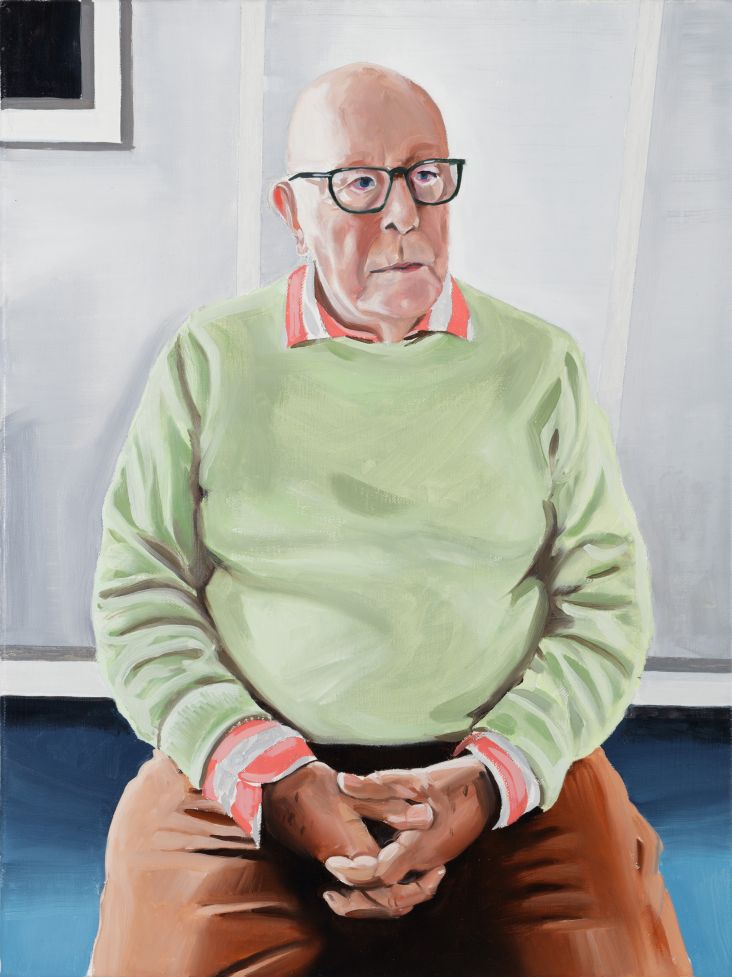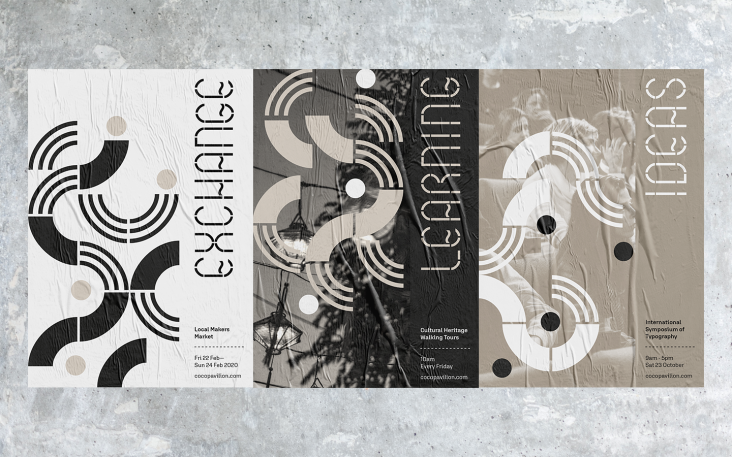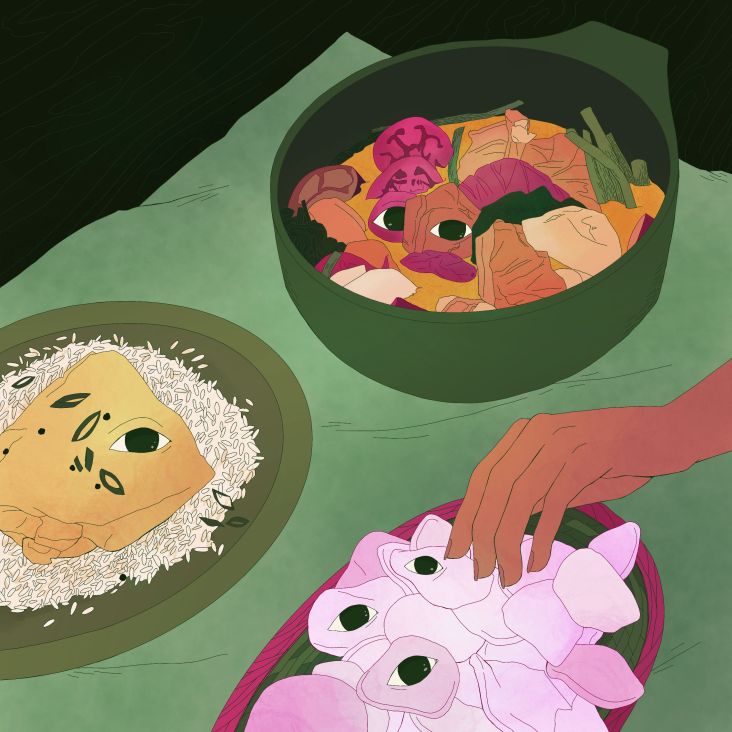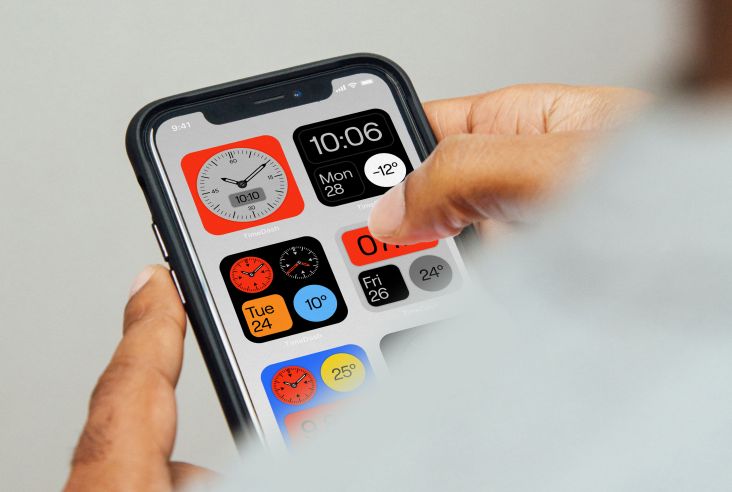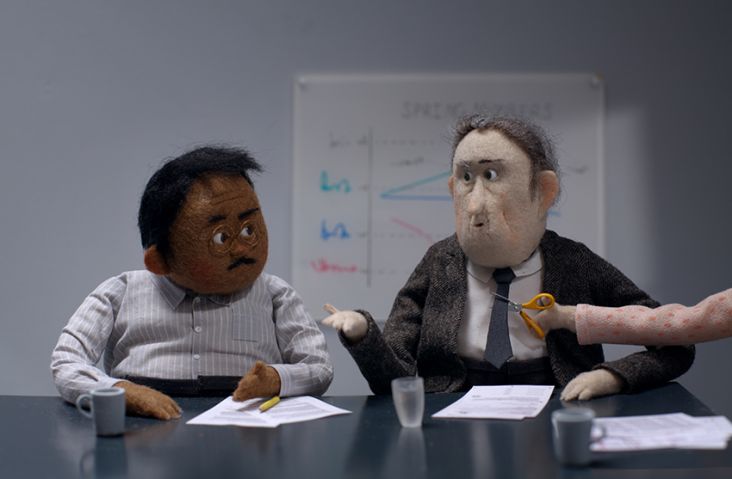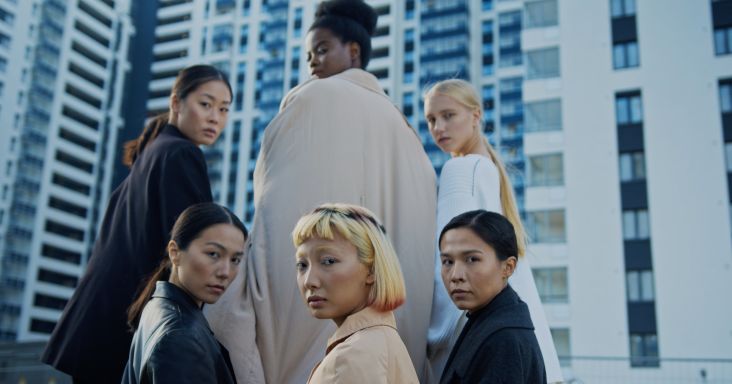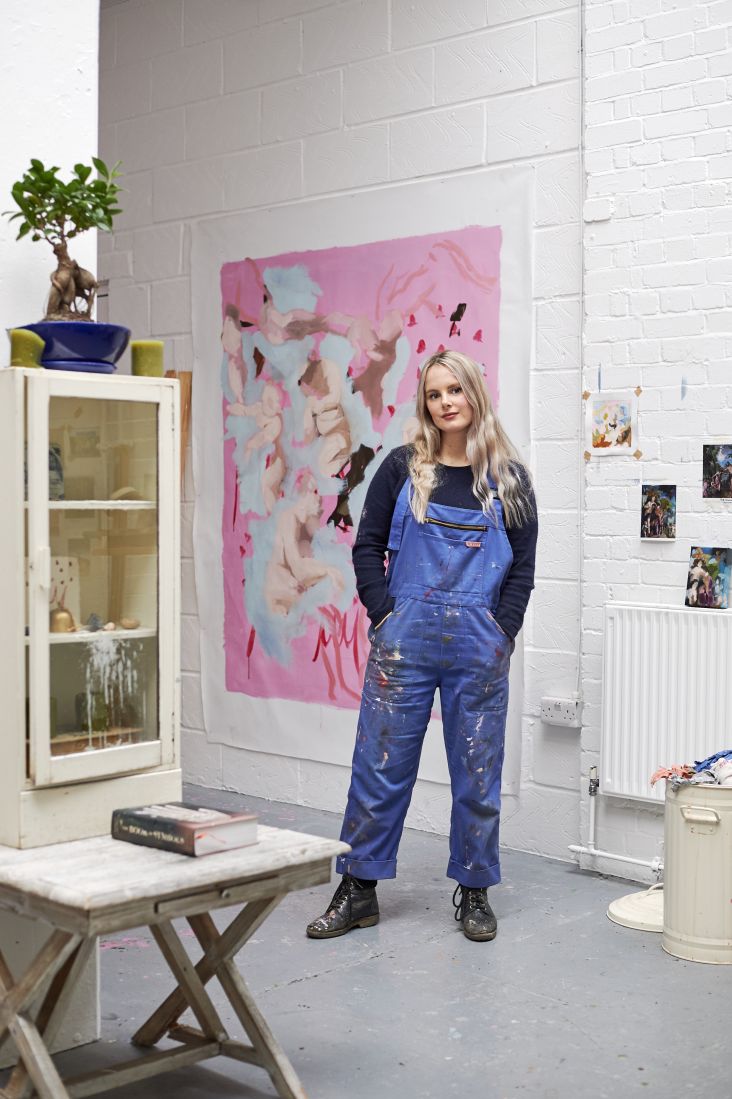Behind the scenes with the creators of Disney's Raya and the Last Dragon
There are lockdown projects, and then there are full-blown lockdown projects that push the possibilities of remote working and creative collaboration beyond any limitations we've experienced before.
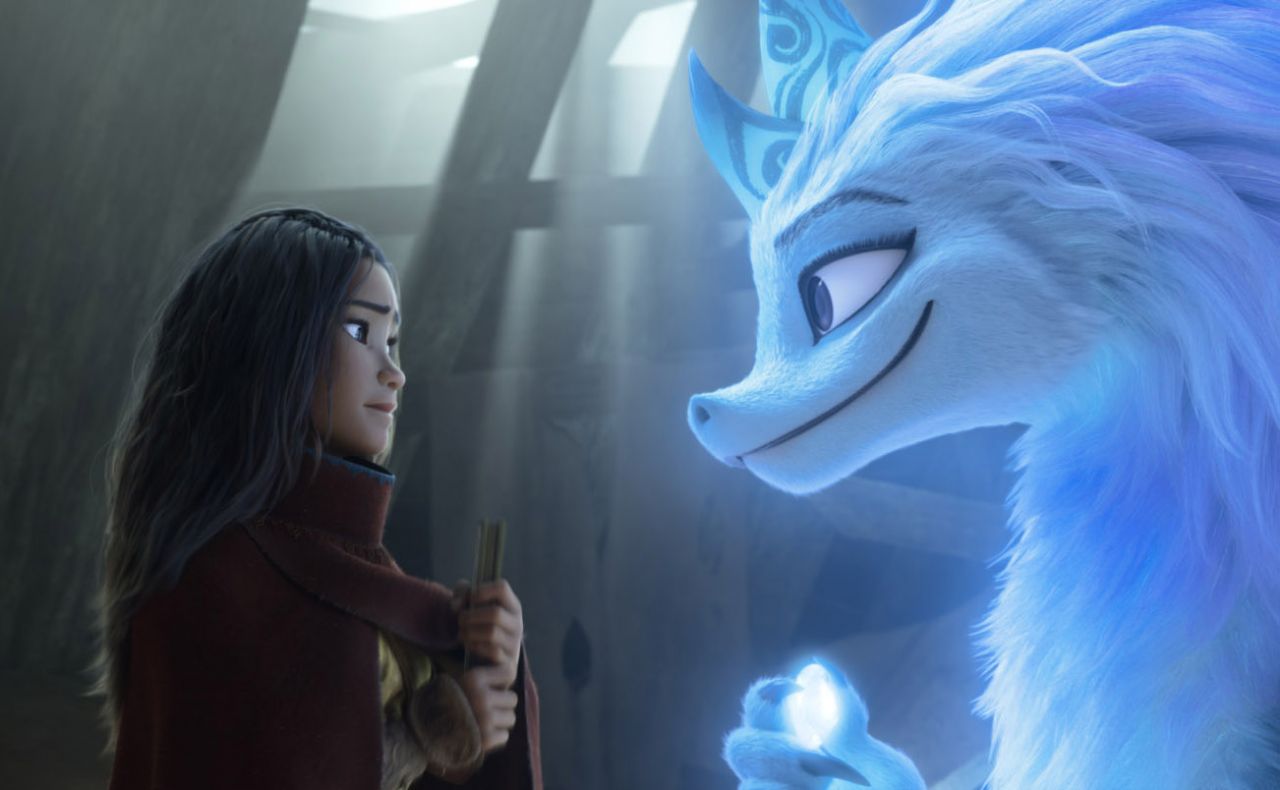
© 2021 Disney. All Rights Reserved
This is the theme for Disney's latest release, Raya and the Last Dragon, where all shot production took place from the homes of more than 450 artists and crew members, with over 900 people working on the movie overall.
Starring the voices of Kelly Marie Tran as Raya, Awkwafina as the legendary last dragon, Sisu, and Izaac Wang as Boun, the film is set in the fantasy world of Kumandra, where long ago humans and dragons lived together in harmony until an evil force threatened the land, and the dragons sacrificed themselves to save humanity. Now, 500 years later, that same evil has returned, and it's up to a lone warrior, Raya, to track down the legendary last dragon to restore the fractured land and unite its divided people.
What's particularly fascinating about this adventure is how it mirrors so much of what's happening in the real world today. However, its writers Qui Nguyen and Adele Lim could never have predicted recent events as we struggle to fight off Covid-19.
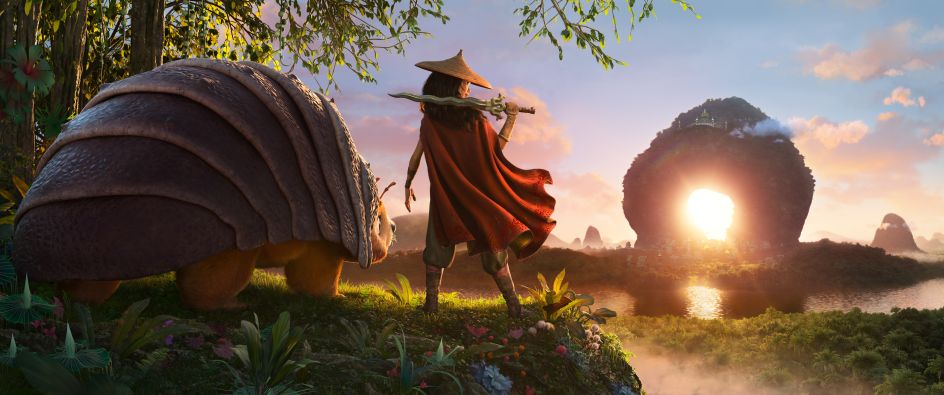
© 2021 Disney. All Rights Reserved
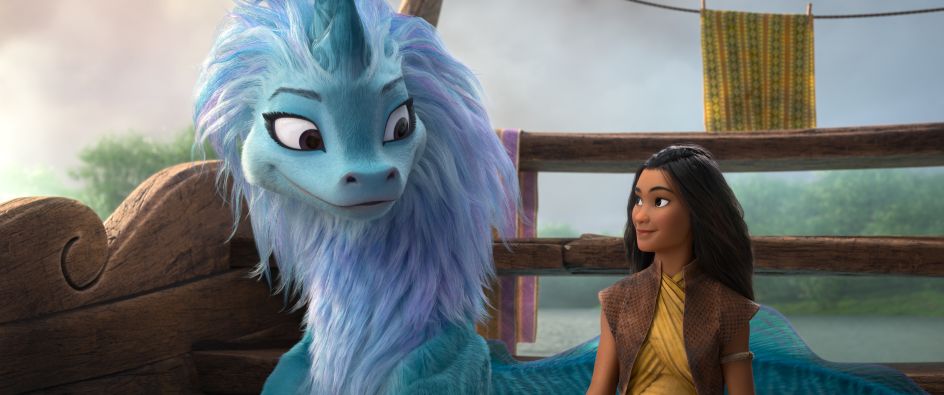
© 2021 Disney. All Rights Reserved
There are so many fascinating stories behind the making of Raya. For instance, combat sequences throughout the film were inspired by martial art forms specific to Southeast Asia's cultures. And the five Lands of Kumandra are distinct and filled with their own unique cultures and creatures. To fill this fantasy world, the Crowds Animation department animated more than 72,000 individual elements, including 18,987 human characters and 35,749 non-human characters. There's even a new approach to costume design, as they use draping-based designs rather than the pattern-based ones of previous films.
It's a visual feast, and it's in cinemas, where available, and on Disney+ with Premier Access, from today, 5 March. With so many curious questions, we spoke to Fawn Veerasunthorn, Head of Story, and Liza Rhea, an environment modeller, to discover more about the creative process, what was involved, and how they managed to pull off such an incredible animated masterpiece, all from home and during a global pandemic.
We know these films will probably outlast us, to be enjoyed by many generations to come, so there's a lot of love and care that we put into the storytelling. I've spent three or four years on this film, and I want to create something that my team and I can be proud of.
Before we talk more about how Raya was made, can you tell us what strikes you most about this story?
Liza: It follows a young warrior in a fragmented world. She is brave and strong and has overcome obstacles, and I think it's just really timely – particularly right now, having that kind of role model and kind of message.
Fawn: Yeah, what's interesting about the subject we're trying to tackle is this theme of trust. And when we were in the story room, that was very nuanced and very difficult to talk about – convincing someone to trust again. The story and journey were very enriching to me as a person as well.
Yes, the world has felt very divided for some time. But when you began making Raya, you could never have predicted a global pandemic?
Liza: No, I think someone at Disney has a time machine [Laughs]. I don't know how...
There are so many themes at play that mirror what's happening in the real world. What were the main comparisons that the story was trying to make?
Fawn: In the beginning, we were interested in the theme of 'community' concerning the source of inspiration from Southeast Asia's cultures. That's a big thing over there. Along the journey, we were trying to find an angle into how you build community... how do you bring people together. We had different aspects but landed on trust being the most challenging and interesting theme.
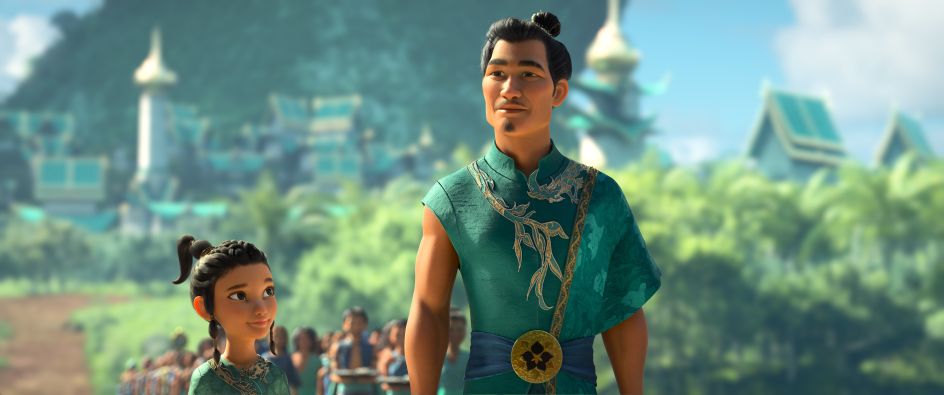
© 2021 Disney. All Rights Reserved
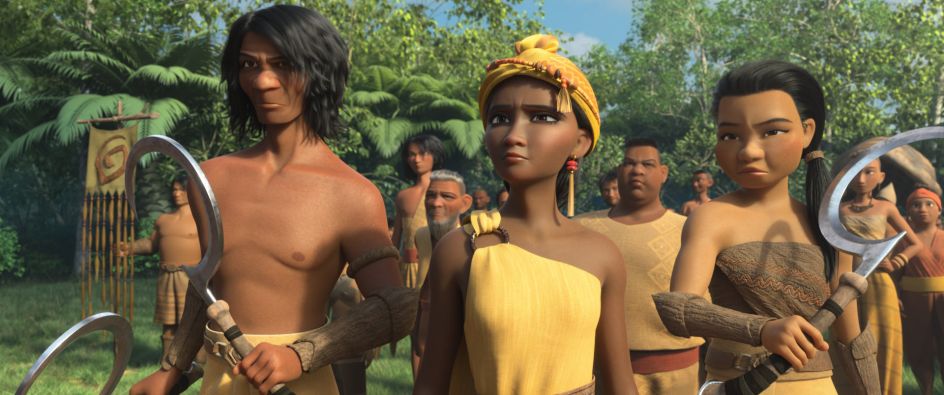
© 2021 Disney. All Rights Reserved
So the story evolved whilst you were producing it?
Fawn: Yes, that happens all the time, working at Disney [Laughs].
A lot has changed in the last 12 months. You must feel a weight of responsibility?
Fawn: I think all of us want to work on something that we can connect with as a maker. And we know that once we connect with the material, our audience will have that same connection as well. Yes, the world is a changing place, and we're evolving with it.
It was so refreshing to have strong female leads. A story centred around a hero rather than a love story or everybody bursting into song. Can you talk through a favourite character?
Liza: For me, I love Raya. She is such a great role model. She's a warrior. She's brave. And that reminds me of my mum. She raised my brother and me singlehandedly. I think every one of us has that warrior within and a need to really tap into that right now and push through to overcome obstacles.
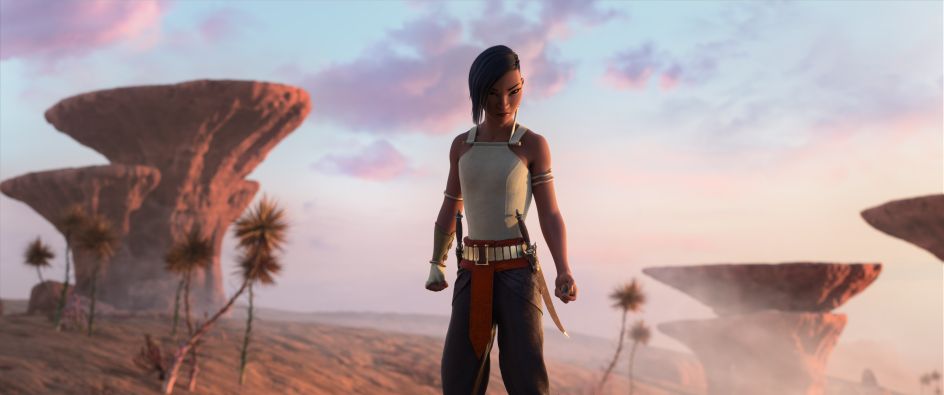
© 2021 Disney. All Rights Reserved
Liza, how did you go about building this beautiful world?
Liza: It takes an army. There's a whole team of us. I have to give a shoutout to my modelling supervisor, Eric Provan. We worked tirelessly with him and Mingjue Helen Chen in the art department to bring their amazing 2D artwork to life in a 3D space and have it work from every single angle. Kumandra has five different lands, so it was broken up into groups of different artists working together but separately, from home, and feeding the different layers of the pipeline like layout and look, rigging and animation – to keep the machine going. So yeah, it was quite the task, but I have to say, it took a lot of us.
What other challenges did you come across when bringing the story together during the pandemic?
Fawn: From our department, we usually work really closely together. It was a crucial part of our work that we could see each other daily. Whether you dropped by someone's office or could go up to the director and ask questions – that spontaneity disappeared overnight, so we needed to combat that and make sure our team still felt connected through random Zoom calls or text messages. That was the biggest challenge.
Liza: Same for us. Normally we'd have the art director and various teams stand behind us, and I'd make changes on the fly, and we'd have that organic back and forth. We didn't have that with this, so we had a lot of "draw-overs" on Zoom with a lot of "Oh no, my Internet's crashed" or "I can't hear you, you're on mute" – so many random, difficult technical challenges that we had to overcome together. And when you're available... your work/life balance with daycare, dogs barking, and cats on your laptop – a lot of different things.
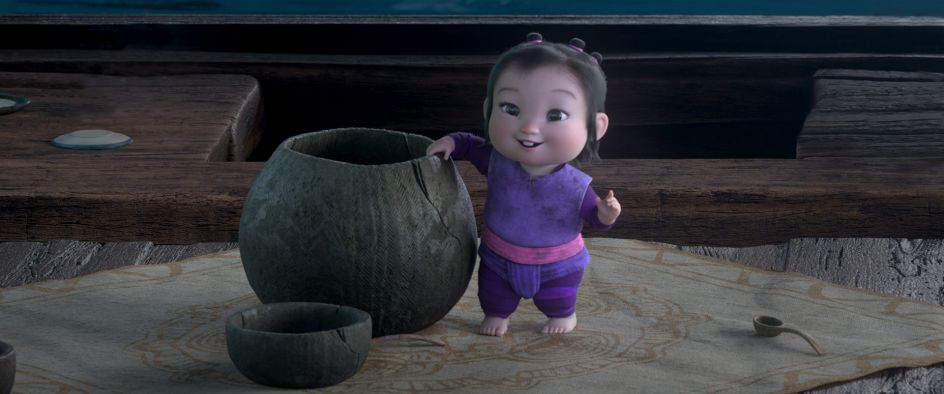
© 2021 Disney. All Rights Reserved
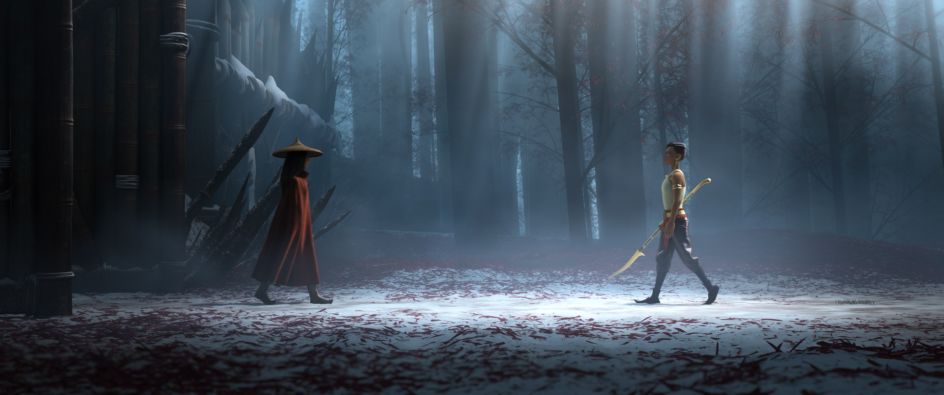
© 2021 Disney. All Rights Reserved
What lessons do you feel you've learnt from making Disney's Raya? What will you take with you into the next project?
Liza: For me, it's how quickly everyone can adapt. I'm so blown away by how quickly my team and Disney got us up and running on our feet, from home, with our ergonomic setups and everything. There was so much great communication back and forth with the technology team, with the artists and producers. It was super impressive, just how quickly we adapted.
Moving on, what was the thing you loved the most about Raya and the Last Dragon?
Fawn: The portrayal of strong female characters, and we have many, so we didn't have to be precious about putting it all on one character or making someone perfect. That's what I love most that we have the variety and the dimensional story of our character as a person – not just a woman or a warrior; there are so many aspects.
Audiences are demanding more from studios like Disney. Were you proud to be part of something that pushes boundaries?
Fawn: I think we always challenge ourselves to create something new, something that will surprise us as well. We know these films will probably outlast us, to be enjoyed by many generations to come, so there's a lot of love and care that we put into the storytelling. I've spent three or four years on this film, and I want to create something that my team and I can be proud of.
Liza: I was already excited to be a part of this team. But on reflection, to see that it's a movie we made practically from home, production-wise, I'm just so proud of it. It's beautiful.
It's nice to think that movies have the power to change the world. For a young child watching Raya, what do you hope they'll get out of it?
Fawn: As a young person watching movies, Western movies, I feel it really does have the power to convince you to do certain things. It's a power with storytelling in general. I did think about the impact of this movie on me if I'd have seen Raya as a role model when I was a young girl. I think it would've made a huge difference, and I'm so excited to see how the younger generation sees this movie and what they're able to take away from it.
Liza: Stories and our imagination are so powerful and can transfer you to another place – taking you out of the norm and making the impossible possible.
Raya and the Last Dragon is in cinemas, where available, and on Disney+ with Premier Access, from today, 5 March. You can watch the trailer below. Special thanks to Fawn, Liza and everyone at Disney.

















